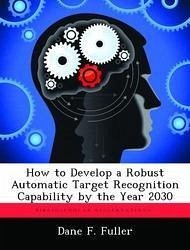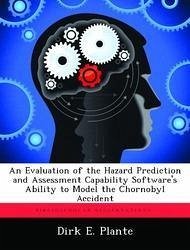Nicht lieferbar

How to Develop a Robust Automatic Target Recognition Capability by the Year 2030
Versandkostenfrei!
Nicht lieferbar
This research paper illustrates how automatic target recognition (ATR) technology is poised to grow dramatically over the next decade and how a robust operational ATR capability is expected to be attainable by the year 2030. As new ATR systems begin to emerge, DoD leaders and operators must be informed on how best to guide ATR development and integration into military forces. In support of this goal, the paper reviews the current status of ATR technology and predicts its future by analyzing trend data derived from various sources. A key source of evidence lies in data gathered by the author th...
This research paper illustrates how automatic target recognition (ATR) technology is poised to grow dramatically over the next decade and how a robust operational ATR capability is expected to be attainable by the year 2030. As new ATR systems begin to emerge, DoD leaders and operators must be informed on how best to guide ATR development and integration into military forces. In support of this goal, the paper reviews the current status of ATR technology and predicts its future by analyzing trend data derived from various sources. A key source of evidence lies in data gathered by the author through a 2008 ATR technology assessment survey taken by experts in the field of ATR. Based upon analysis of the relevant data, the paper concludes with several recommendations which provide a call to action by DoD leadership. Some novel recommendations entail the training and sustainment of ATR systems as learning machines. Finally, the paper closes with suggestions for further research.












